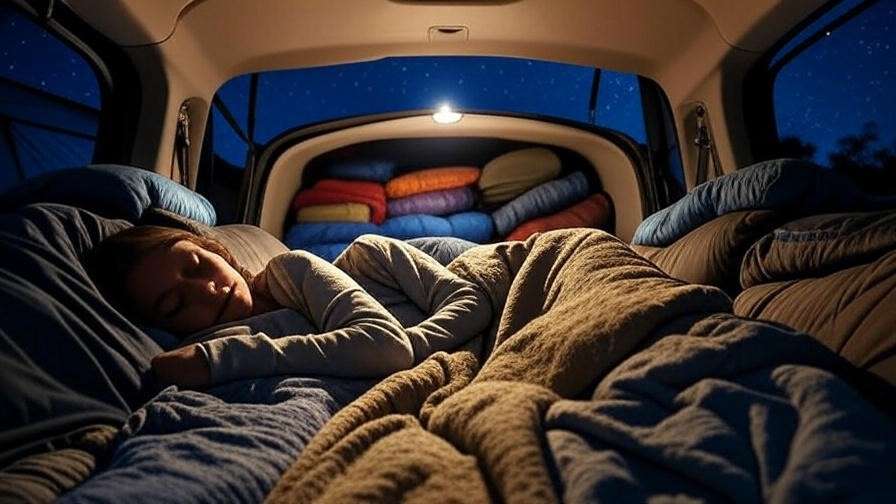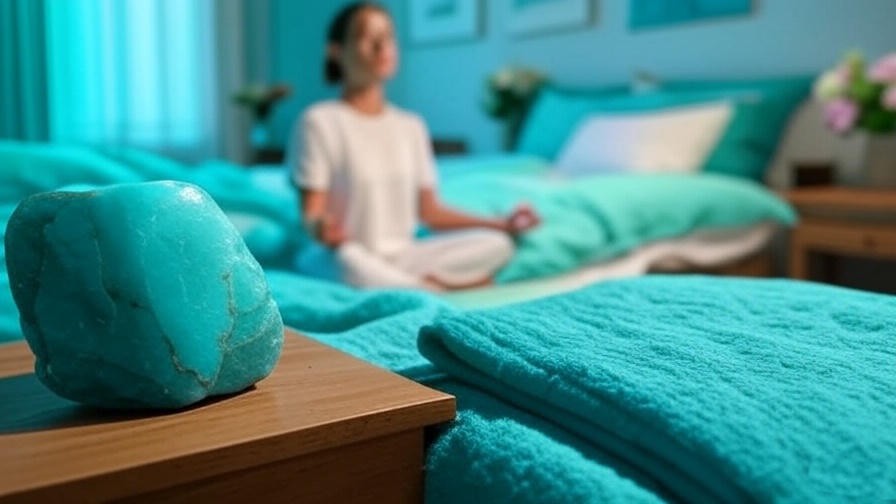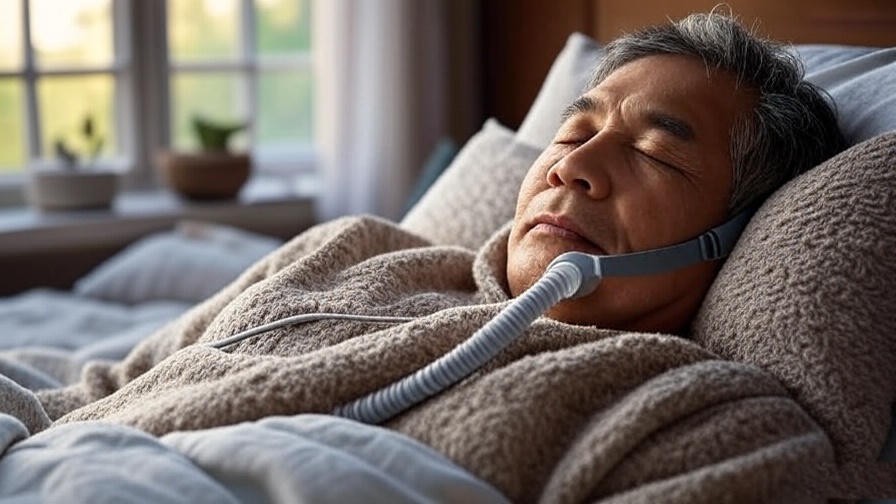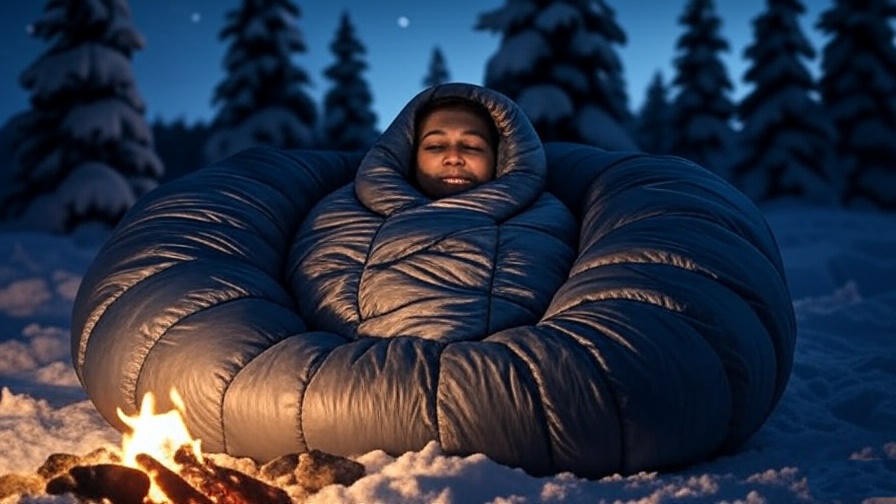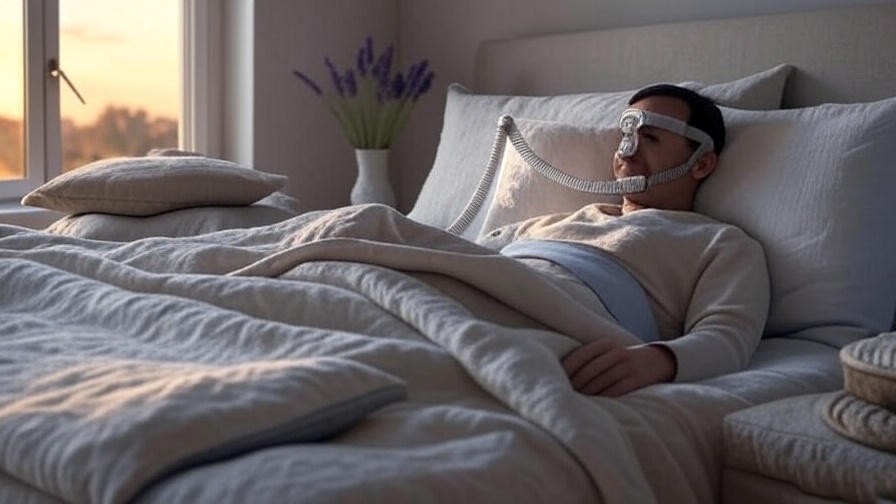Imagine pulling into a quiet forest clearing, the stars twinkling above, as you prepare for a restful night’s sleep in your hatchback. The freedom of the open road, combined with the comfort of a cozy, personalized sleep setup, makes hatchback sleeping an appealing choice for adventurers, budget travelers, and anyone craving a break from routine. Whether you’re embarking on a cross-country road trip or seeking a minimalist escape, transforming your hatchback into a sleep sanctuary is easier than you think. This guide draws on sleep science, car camping expertise, and real-world insights to help you create a restful, safe, and rejuvenating hatchback sleeping experience that supports your holistic well-being.
As a sleep and wellness enthusiast with years of experience in outdoor living, I’ve tested countless setups to optimize rest in compact spaces. Backed by research on sleep hygiene and community tips from seasoned car campers, this article will walk you through every step to turn your hatchback into a cozy retreat, ensuring restorative sleep wherever your journey takes you.
Why Choose Hatchback Sleeping for Your Adventures?
The Appeal of Hatchback Camping
Hatchback sleeping has surged in popularity among road trippers, festival-goers, and digital nomads who value flexibility and affordability. Unlike bulky RVs or vans, hatchbacks offer a compact yet versatile solution for solo travelers or couples. Models like the Honda Fit, Subaru Crosstrek, or Toyota Corolla Hatchback provide ample cargo space when rear seats are folded, making them ideal for creating a sleep-friendly environment without sacrificing fuel efficiency or maneuverability. According to a 2023 survey by The Dyrt, 62% of campers prefer car-based setups for their affordability and ease, proving hatchback camping is a practical choice for modern adventurers.
Benefits for Sleep and Well-Being
Sleeping in a hatchback isn’t just about convenience—it’s a pathway to holistic well-being. Studies from the Journal of Sleep Research (2021) show that spending time in nature can reduce stress and improve sleep quality by lowering cortisol levels. Hatchback sleeping immerses you in natural settings, fostering mindfulness and a sense of freedom. The minimalist lifestyle it encourages aligns with principles of happiness and mental clarity, as you focus on essentials and disconnect from daily distractions. For those seeking balance, this approach blends adventure with restorative rest.
Who Can Benefit?
Hatchback sleeping appeals to a wide audience:
- Road Trippers: Save on hotel costs while exploring new destinations.
- Festival-Goers: Enjoy a comfortable base without relying on crowded campgrounds.
- Budget Travelers: Avoid expensive accommodations while maintaining mobility.
- Minimalists and Nomads: Embrace a simpler lifestyle with sleep as a priority.
Take Sarah, a 29-year-old graphic designer, who converted her Mazda 3 hatchback into a mobile sleep haven for a summer road trip. By prioritizing comfort and organization, she saved thousands on lodging while feeling refreshed each morning. Her story reflects the growing community of hatchback sleepers sharing tips on platforms like X.
Preparing Your Hatchback for Optimal Sleep
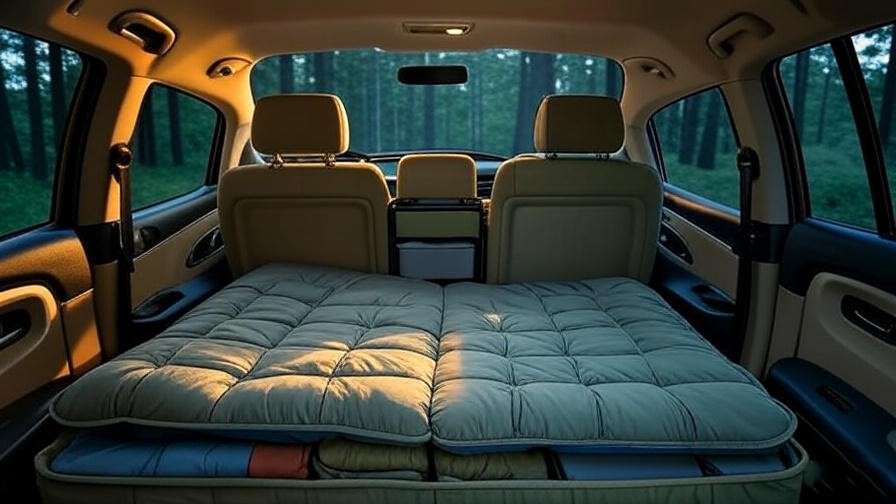
Choosing the Right Hatchback
Not all hatchbacks are created equal for sleeping. Look for models with fold-flat rear seats, at least 50 cubic feet of cargo space, and easy access to the trunk area. Popular choices include:
- Honda Fit: Offers 52.7 cubic feet of cargo space and versatile “Magic Seat” design.
- Subaru Crosstrek: Provides 55.3 cubic feet and all-wheel drive for off-road adventures.
- Toyota Corolla Hatchback: Boasts 47.8 cubic feet and a compact footprint for urban parking.
Check your vehicle’s manual for cargo dimensions to ensure a flat sleeping surface. If you’re in the market for a new hatchback, test the rear space by lying down to confirm comfort.
Essential Gear for Comfort
To create a cozy sleep setup, invest in gear tailored to hatchback dimensions:
- Sleeping Pad or Mattress: A foam sleeping pad (e.g., Therm-a-Rest Z Lite, $50) or inflatable mattress (e.g., Luno Air Mattress, $300) fits most hatchbacks. The Luno mattress, designed for car camping, contours to wheel wells for maximum space.
- Bedding: Choose a sleeping bag rated for your climate (e.g., 20°F for cooler nights) or lightweight blankets for summer. A compact pillow, like the Nemo Fillo ($45), supports your neck without taking up space.
- Storage Solutions: Collapsible bins or cargo organizers keep essentials tidy, leaving room for sleep.
| Gear | Brand/Example | Price | Pros | Cons |
|---|---|---|---|---|
| Sleeping Pad | Therm-a-Rest Z Lite | $50 | Lightweight, durable | Less cushioned |
| Air Mattress | Luno Air Mattress | $300 | Custom fit, comfortable | Requires inflation |
| Pillow | Nemo Fillo | $45 | Compact, supportive | Higher price point |
Organizing Your Space
A clutter-free hatchback promotes relaxation and sleep hygiene. Use these tips:
- Store gear in stackable bins under the sleeping area or in the front seats.
- Hang a shoe organizer on the back of the front seats for small items like toiletries.
- Keep a small duffel for clothes to avoid rummaging through bags at night.
By prioritizing organization, you’ll create a calming environment conducive to rest, aligning with principles of minimalism and mindfulness.
Creating a Sleep-Friendly Environment
Temperature and Ventilation Control
Temperature regulation is critical for restful sleep. In cold weather, use insulated window covers (e.g., Reflectix cut to size) and layer clothing or bedding. A 0°F sleeping bag, like the REI Co-op Magma 15, ensures warmth without overheating. For hot climates, crack windows with mesh screens for airflow or use a battery-powered fan (e.g., O2COOL Treva, $20). The National Sleep Foundation recommends a sleep temperature of 60-67°F for optimal rest, so monitor conditions with a portable thermometer.
Safety Note: Never run your car’s engine while sleeping to avoid carbon monoxide poisoning. Ensure adequate ventilation by leaving a small window gap with a screen to prevent insects.
Privacy and Light Management
Darkness is essential for melatonin production, which regulates sleep. Create privacy and block light with:
- DIY Window Covers: Cut Reflectix or foam board to fit your windows, securing with magnets or suction cups.
- Store-Bought Options: WeatherTech SunShade ($60) offers custom-fit, reversible covers for day and night.
- Curtains: Use tension rods with blackout fabric for a homely touch.
These solutions not only enhance sleep quality but also provide security, making your hatchback feel like a private retreat.
Soundproofing for Restful Sleep
External noise can disrupt sleep, especially in busy rest stops or campgrounds. Try these:
- Earplugs: Foam earplugs (e.g., Mack’s Ultra Soft, $10) block noise effectively.
- White Noise: Use a phone app like myNoise for soothing sounds like rain or ocean waves.
- Soundproofing: Add foam mats or heavy blankets to the floor to dampen vibrations.
Nature sounds, like a nearby stream, can enhance relaxation, as supported by a 2017 study in Scientific Reports showing natural sounds reduce stress.
Sleep Hygiene and Well-Being Tips for Hatchback Sleeping
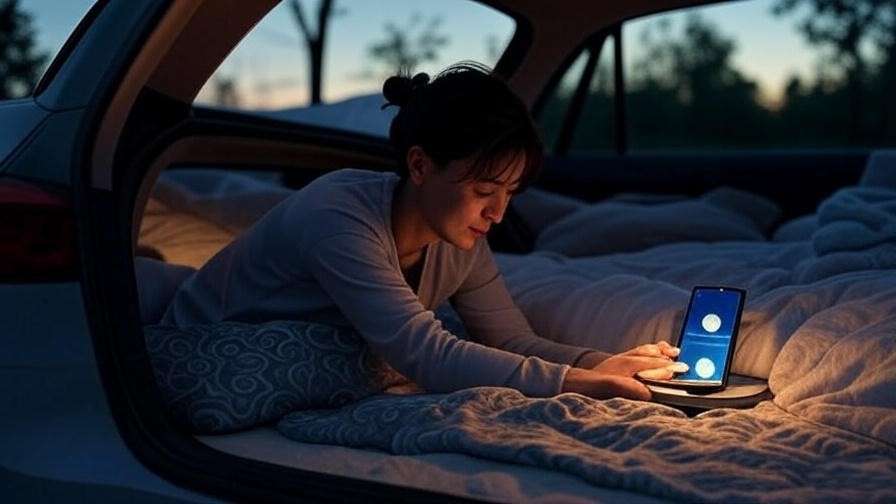
Establishing a Pre-Sleep Routine
A consistent pre-sleep routine signals your body to wind down, even in a hatchback. Try this 15-minute routine:
- Journal: Reflect on your day’s adventures in a small notebook.
- Stretch: Perform gentle yoga poses like Child’s Pose in the front seat.
- Meditate: Use a guided meditation app (e.g., Calm or Headspace) for 5-10 minutes.
These practices, rooted in mindfulness, reduce anxiety and prepare you for deep sleep, as confirmed by Sleep Medicine Reviews (2020).
Optimizing Sleep Posture
In a confined space, proper posture prevents discomfort. Use a firm sleeping pad to support your spine, and place a small pillow under your knees if sleeping on your back to reduce lower back strain. Side sleepers can tuck a pillow between their knees for alignment. The American Chiropractic Association recommends neutral spinal alignment for pain-free rest, so test your setup during a short nap before a long trip.
Nutrition and Hydration on the Road
Diet impacts sleep quality. Pack sleep-friendly snacks like bananas (rich in magnesium) or almonds (melatonin source). Avoid caffeine or heavy meals 4-6 hours before bed. For hydration, keep a reusable water bottle handy but limit intake before sleep to avoid disruptions. A portable camping toilet (e.g., Thetford Porta Potti, $100) or planned restroom stops maintain comfort without sacrificing hygiene.
Safety and Legal Considerations
Choosing Safe Sleeping Locations
Finding a safe and legal spot to park your hatchback for the night is crucial for peace of mind and restful sleep. Here are some reliable options:
- Campgrounds: National parks or private campgrounds offer designated parking with amenities like restrooms. Websites like Recreation.gov list availability and fees.
- Rest Stops: Many U.S. states allow overnight parking at rest areas, typically for 8-12 hours. Check state-specific regulations via the Department of Transportation.
- Retail Parking Lots: Some Walmart stores and truck stops permit overnight parking, but always ask for permission from management to avoid issues.
- Public Lands: Bureau of Land Management (BLM) areas in the U.S. often allow free dispersed camping, ideal for remote hatchback sleeping.
Apps like iOverlander or Park4Night provide user-generated reviews of safe parking spots, with filters for amenities and safety ratings. Always prioritize well-lit, populated areas for your first few nights to build confidence.
Personal Safety Tips
Safety enhances sleep quality by reducing anxiety. Follow these precautions:
- Lock All Doors: Ensure your hatchback is secure before sleeping.
- Keep Essentials Handy: Store a flashlight, phone, or a compact self-defense tool (e.g., a loud whistle) within reach.
- Stay Discreet: Avoid drawing attention by keeping lights low and window covers up.
- Trust Your Instincts: If a location feels unsafe, move to a new spot, even if it means driving a bit longer.
A 2024 X post from a seasoned car camper emphasized carrying a portable carbon monoxide detector ($20) for added safety, especially in colder months when ventilation is limited.
Legal Guidelines for Car Sleeping
Laws on sleeping in vehicles vary by region. In the U.S., some cities prohibit overnight parking due to local ordinances, while others are lenient. For example:
- California: Many coastal cities have strict anti-camping laws, but BLM lands are more permissive.
- Europe: Countries like Germany allow overnight parking in rest areas, but France restricts it in urban zones.
Research local regulations using resources like municipal websites or camping forums. Apps like Campendium provide legal insights alongside user reviews. To avoid fines, display a polite note on your dashboard (e.g., “Resting briefly, will depart by morning”) and adhere to posted time limits.
Enhancing the Hatchback Sleeping Experience
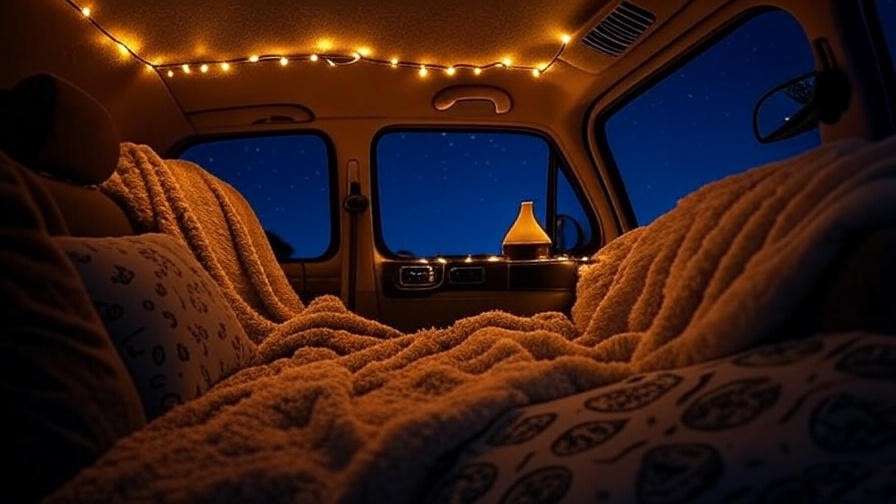
Adding Comfort with Personal Touches
Transforming your hatchback into a cozy retreat boosts both comfort and emotional well-being. Try these additions:
- Fairy Lights: Battery-powered LED string lights ($10) create a warm ambiance without draining power.
- Soft Throws: A lightweight fleece blanket adds a homely feel and extra warmth.
- Essential Oil Diffuser: A portable, battery-operated diffuser with lavender oil promotes relaxation, as supported by a 2019 study in Frontiers in Behavioral Neuroscience.
One car camper, Emily, shared on X how adding a small dreamcatcher and a favorite photo to her setup made her Subaru Outback feel like a “tiny home,” enhancing her sleep quality.
Incorporating Meditation and Mindfulness
Mindfulness practices deepen relaxation in a hatchback’s confined space. Apps like Calm or Insight Timer offer guided meditations tailored for sleep, requiring only a phone and earbuds. Try a 10-minute body scan meditation to release tension from a day of driving. Alternatively, practice gratitude journaling by listing three things you enjoyed about your day’s adventure. According to The Journal of Positive Psychology (2022), gratitude exercises improve sleep quality by fostering positive emotions.
Connecting with Nature
Hatchback sleeping brings you closer to nature, amplifying its restorative benefits. Park near a scenic overlook to wake up to sunrise views, or crack a window to hear natural sounds like rustling leaves. Incorporate activities like stargazing (use an app like SkyView to identify constellations) or nature journaling to deepen your connection. A 2020 study in Nature Communications found that exposure to natural environments improves mood and sleep, making hatchback camping a wellness-focused choice.
Troubleshooting Common Hatchback Sleeping Challenges
Dealing with Limited Space
Compact hatchbacks can feel cramped, but strategic planning helps:
- Modular Setup: Use stackable bins that double as a flat base for your sleeping pad.
- Multi-Use Gear: Choose items like a sleeping bag that compresses into a small stuff sack.
- Test Your Layout: Practice your setup at home to ensure everything fits comfortably.
One camper on a Reddit thread described using a custom-cut plywood platform to level their Honda Civic’s cargo area, creating a spacious sleep surface without sacrificing storage.
Managing Weather Extremes
Weather can disrupt sleep, but preparation mitigates challenges:
- Rain: Use a tarp over open windows or a rainfly to keep water out while maintaining ventilation.
- Snow: Insulate windows with Reflectix and use a high-rated sleeping bag. A hot water bottle tucked into your bedding adds warmth.
- Heat: Park in shaded areas and use a battery-powered fan. Reflective windshield covers reduce interior heat buildup.
Always check weather forecasts via apps like AccuWeather before settling in.
Coping with Restlessness or Anxiety
Sleeping in a new environment can trigger restlessness. Combat this with:
- Grounding Exercises: Place your feet on the ground outside your car and focus on your breath for 1-2 minutes.
- Familiar Scents: Use a familiar pillowcase or spray lavender mist to evoke comfort.
- Gradual Exposure: Start with a night in your driveway to build confidence.
A 2023 Sleep Health study suggests that familiar routines reduce anxiety in unfamiliar settings, so maintain elements of your home bedtime ritual.
Real-Life Hatchback Sleeping Stories
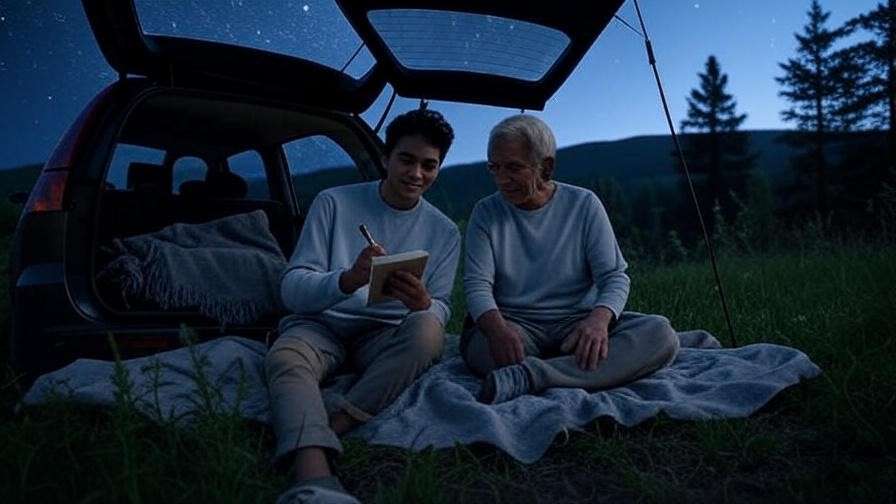
Inspiring Case Studies
- Jake, Solo Traveler: Jake, a 34-year-old photographer, converted his Toyota Yaris into a sleep haven for a six-month U.S. road trip. Using a Luno mattress and DIY window covers, he saved $5,000 on lodging while waking refreshed for sunrise shoots. His tip: “Invest in a good mattress—it’s worth every penny.”
- Lila and Tom, Festival-Goers: This couple used their Subaru Crosstrek for music festival camping. With a memory foam topper and fairy lights, they created a cozy retreat, avoiding overpriced campgrounds. Lila shared on X: “Our hatchback felt like a boutique hotel on wheels!”
Lessons from the Community
The car camping community on platforms like X and Reddit offers valuable insights:
- Use a cooling gel pillow for hot nights (recommended by @RoadTripRover).
- Pack a portable power bank to charge devices without draining your car battery.
- Keep a small broom for quick cleanups to maintain a tidy sleep space.
These tips, crowdsourced from experienced campers, reinforce practical solutions for common challenges.
FAQs About Hatchback Sleeping
Is it safe to sleep in a hatchback overnight?
Yes, with precautions like locking doors, choosing safe locations, and ensuring ventilation. A carbon monoxide detector adds an extra layer of safety.
What’s the best mattress for hatchback sleeping?
The Luno Air Mattress ($300) is ideal for its custom fit, but budget-friendly foam pads like Therm-a-Rest Z Lite ($50) work well for minimalists.
How can I stay warm while sleeping in my car during winter?
Use insulated window covers, a high-rated sleeping bag (0°F or lower), and layer clothing. A hot water bottle provides targeted warmth.
Are there legal restrictions on sleeping in a hatchback?
Laws vary by region. Check local ordinances via municipal websites or apps like Campendium. Public lands and rest stops are often lenient.
How do I make my hatchback feel like a cozy bedroom?
Add soft lighting, blackout curtains, and familiar bedding. Small touches like a favorite blanket or essential oils create a homely vibe.
Conclusion
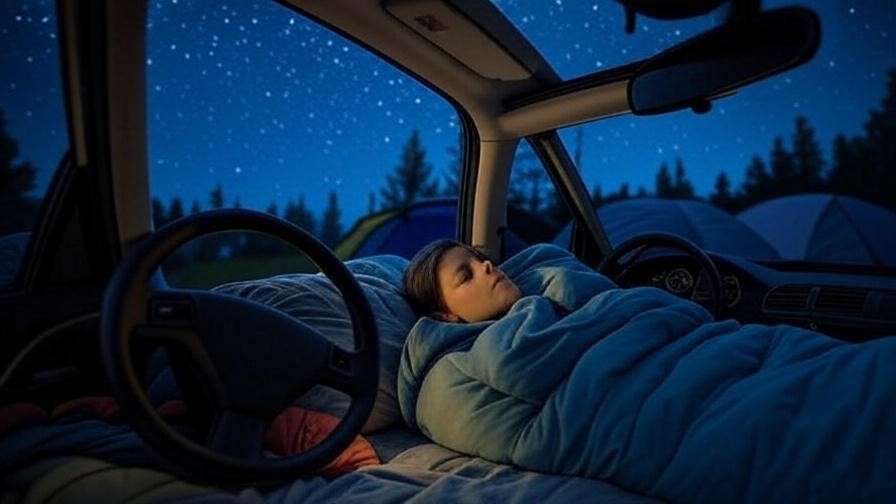
Hatchback sleeping blends adventure, affordability, and well-being, offering a unique way to rest deeply while exploring the world. By optimizing your setup with the right gear, prioritizing sleep hygiene, and choosing safe locations, you can transform your hatchback into a cozy retreat that rivals any bedroom. Whether you’re chasing sunsets or seeking minimalist freedom, this guide equips you with expert-backed strategies to sleep soundly on the road. Start small, experiment with your setup, and share your tips in the comments or on social media to join the vibrant car camping community. Embrace the journey, and let restful nights fuel your next adventure.

